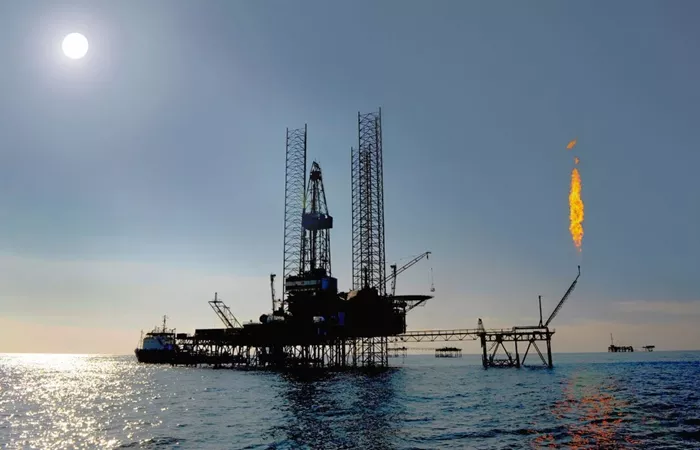The Kenyan government will begin licensing firms interested in exploring and investing commercially in the country’s 10 oil and gas blocks starting in September, according to the Ministry of Energy and Petroleum.
In a bid to stimulate investment and sector development, the government is offering tax incentives and other benefits. This initiative comes after several gas discoveries were made in the offshore Lamu Basin, the Anza Basin in northeastern Kenya, and the Mbawa-1 well, located 70 kilometers off the coast of Malindi. Additionally, the Sunbird-1 well in the Lamu Basin yielded both oil and gas discoveries.
Despite these findings, however, no major investments have been made in these blocks over the past decade. The Lokichar project in Turkana remains the only commercially viable discovery, though it has faced challenges in advancing to the commercial phase.
Energy and Petroleum Cabinet Secretary, Opiyo Wandayi, stated that the government has restructured the country’s petroleum exploration blocks to align with international best practices and its legal frameworks, positioning Kenya for significant investment opportunities.
Wandayi emphasized that the 10 blocks were selected based on geoscientific data, with the first licensing round scheduled for September. He noted that the new approach provides investors with a unique opportunity to explore Kenya’s hydrocarbon potential through a transparent and merit-based process.
To aid investors in making informed decisions, the government has compiled extensive geoscientific data, including seismic surveys, geological reports, and well data, all of which are available at the National Data Centre hosted by the National Oil Corporation of Kenya.
In addition to the licensing efforts, the government is investing in key infrastructure to support oil and gas exploration and development. Notable projects include the expansion of Lamu Port under the LAPSSET Corridor Program and improvements to road networks to facilitate logistics. The Lamu-Lokichar pipeline project, designed to ensure the smooth transportation of petroleum products, is also progressing, with the Front End Engineering Design for the 852 km pipeline now complete. The Environmental and Social Impact Assessment (ESIA) report for the project has been submitted to the National Environment Management Authority (NEMA) for approval.
“The government is committed to providing a stable legal framework, flexible Production Sharing Contract (PSC) terms, and remains dedicated to the sustainable growth of the oil and gas sector,” Wandayi stated.
Petroleum Principal Secretary Mohamed Liban also emphasized that the government is providing additional incentives to investors in oil and gas exploration to help maximize the sector’s benefits for Kenya. He noted that the government is strengthening the petroleum industry by enhancing policies and infrastructure to support investment.
This strategic initiative marks a pivotal step in Kenya’s ongoing efforts to harness the full potential of its oil and gas resources.

